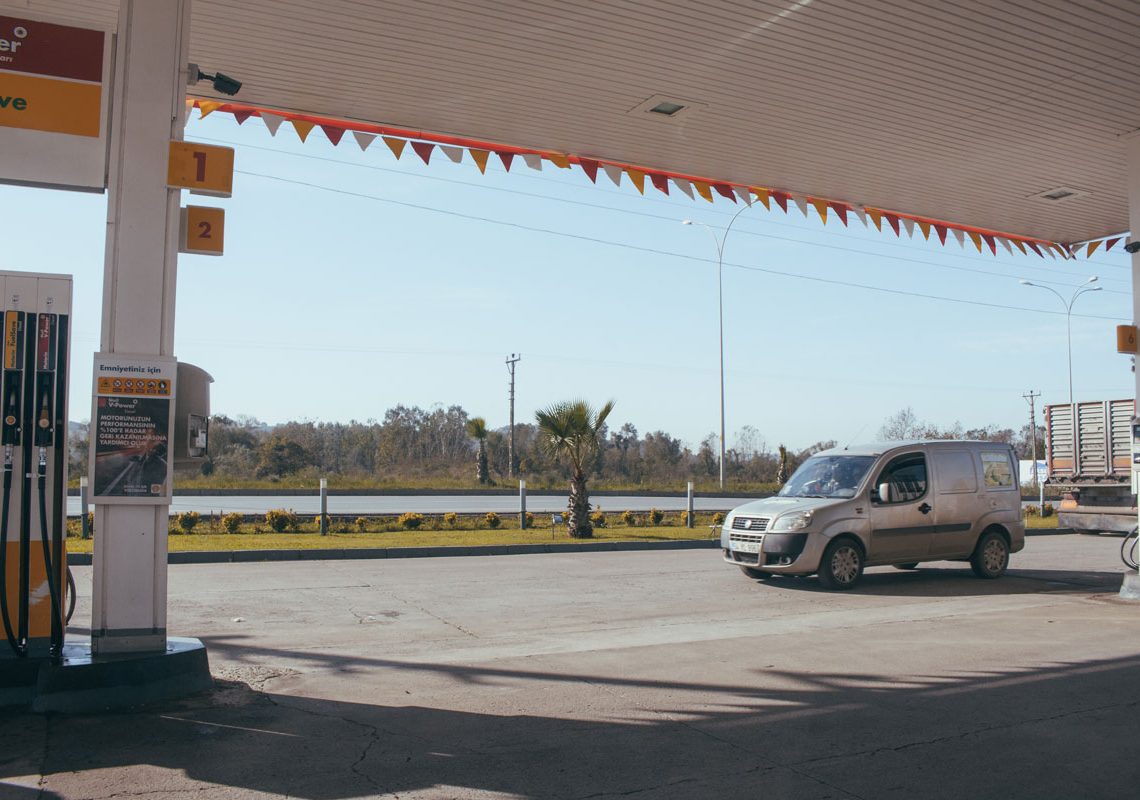With diesel prices rocketing, and some larger transport companies desperately trying to keep from increasing their customer’s prices, it’s the owner-drivers that are taking the impact.
But that might turn out to be a big mistake that will see the bigger couriers regret not supporting their drivers.
10 years of change have already shown us the power of technology in transport
Let me take you back in time a few years… let’s say 2010 or so.
Back then, the larger same-day couriers would typically be made up of a fleet of their own vehicles, with a few back-up owner drivers registered. Some companies had other ways to call in extra cover when they needed it, but it was mostly a case of ‘if we don’t have the vehicles available, we can’t do the job’.
At the same time though was the dawning of a whole new era for transport. Services like The Courier Exchange were making big strides in creating online load-exchange hubs where drivers and companies could communicate and find ways to get delivery jobs covered without having to be local.
This virtual work force meant that courier companies no longer needed to turn down work because they didn’t have the vehicles available. All of a sudden they had extra drivers at the push of a button. Upload the job requirements to the website and hey-presto, a driver that just happens to be in the area from another job can quote a price to take that load for you.
Companies started to shed their fleets, knowing that the huge expenses of having to pay for vehicles, maintenance and permanent drivers could now be dropped in favour of the ‘gig‘ workforce: You get your customers requirements, upload the details, wait for the owner-drivers quotes to come in, sell the load, and take your percentage for doing almost nothing.
Shift the liability and costs
It’s simple work and leaves almost all the liability on the independent driver. They buy their own vehicle and suffer all the costs for purchase, maintenance and repair. They have their own courier insurance too, so if goods get damaged, the claim goes against their insurance instead of the selling company.
But at some point, the owner drivers are going to wonder why the middle-man (or is it middle-person?) exists. And the customers will start asking the same question – Why do we need someone to stand in the middle taking a share of the fee just to hand over the details?
Fuel costs increase the pressure, drivers look for ways to cope
Fuel costs are rising and the people being hit hardest right now are the owner-drivers. They pay for their own fuel, but have to work for a smaller piece of the pie when sub-contracting for other courier companies. And as the old saying goes “Necessity is the mother of all invention“.
When times are hard and it’s necessary to find ways to cut costs and increase profits, the drivers and the end-customers, who need to make savings too, will start to question the system. There is already a new wave of work exchange apps and online services, such as DeliveryApp and Gophr, that aim to take a much smaller slice of the cake and make it more appealing to both those aforementioned parties.
So it really is time for a rethink of the way some companies treat their drivers, before the tide starts to turn.


